
This learning object explains the steps in a long division problem. Students learn where to put the quotient and how to find it.
- Subject:
- Basic skills
- Mathematics
- Date Added:
- 10/15/2010

This learning object explains the steps in a long division problem. Students learn where to put the quotient and how to find it.

In this interactive lesson, students read about how units in the metric system are related to each other and practice locating measurements on a metric line.
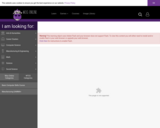
Students read how to organize their work when multiplying more than two signed numbers. A review and practice problems complete the activity.
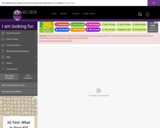
Students read the rules used in multiplying and dividing signed numbers. They view examples and work practice problems.
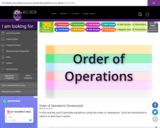
This activity shows students why the order of operations is necessary, what it is, and how it works. Students are given a mnemonic device for remembering the order, and they work through guided examples and practice problems.
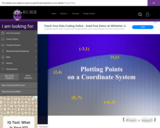
Students identify points on a coordinate system.
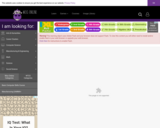
The student uses the Pythagorean Theorem to find the lengths of the legs and hypotenuse of a right triangle.

Students identify the various parts of a bar graph, read and interpret data presented in a bar graph, and calculate the data to solve various application problems.
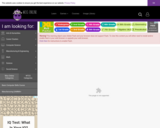
Students apply the Pythagorean Theorem to isosceles and equilateral triangles. It is recommended that students complete the Pythagorean Theorem Learning Object before completing this one.

The learner reads an explanation of scientific notation and practices expressing numbers larger than 1 in scientific notation.

The student reads an explanation of scientific notation and practices expressing numbers smaller than 1 in scientific notation.

The student reads an explanation of scientific notation and performs exercises to convert scientific notation to ordinary numbers.

In this lesson, scientific notation is explained and demonstrated.
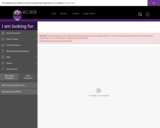
The student views sample problems and then simplifies ratios in an interactive exercise.

Students use the pyramid method to solve percent problems. The pyramid grid provides a visual way to set up the equation.
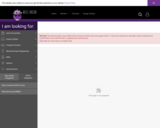
Students enter numbers in a grid to solve problems dealing with percentages.

Students read about what different math symbols mean and identify them in a matching exercise.
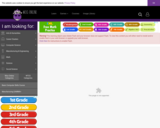
In this animated and interactive object, learners view two examples of how to subtract fractions with unlike denominators and then work five similar problems.
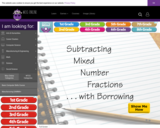
Students review examples of borrowing with mixed number fractions using the concept of borrowing the whole number 1. They then complete four practice problems.
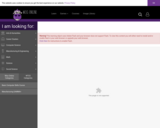
The student reads review content and tests that knowledge.